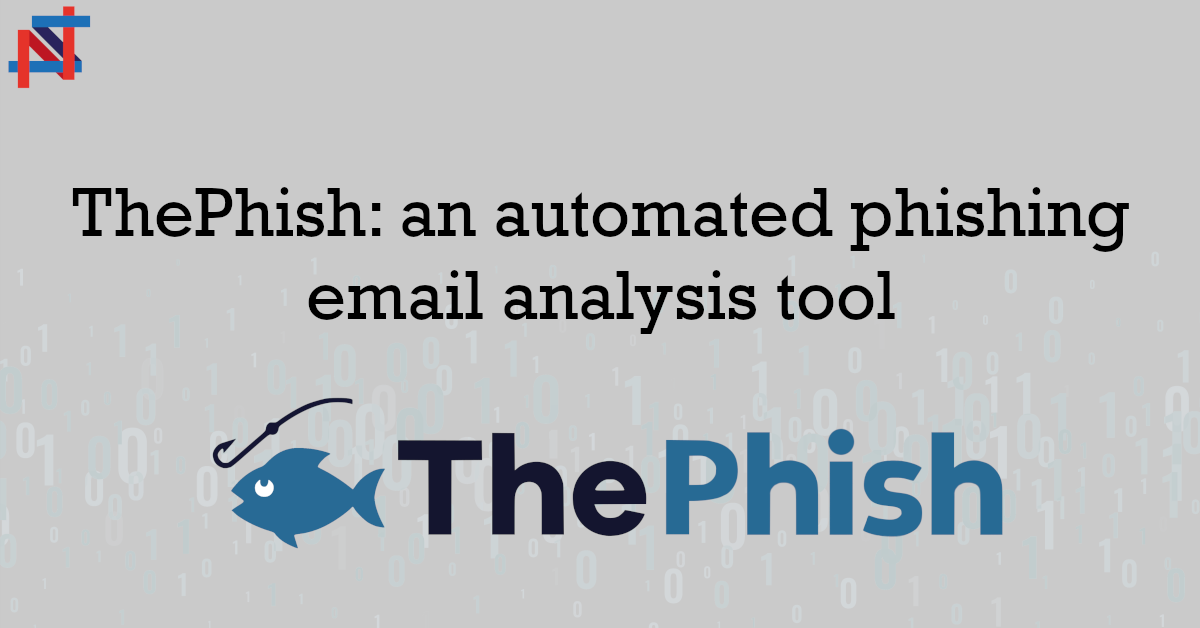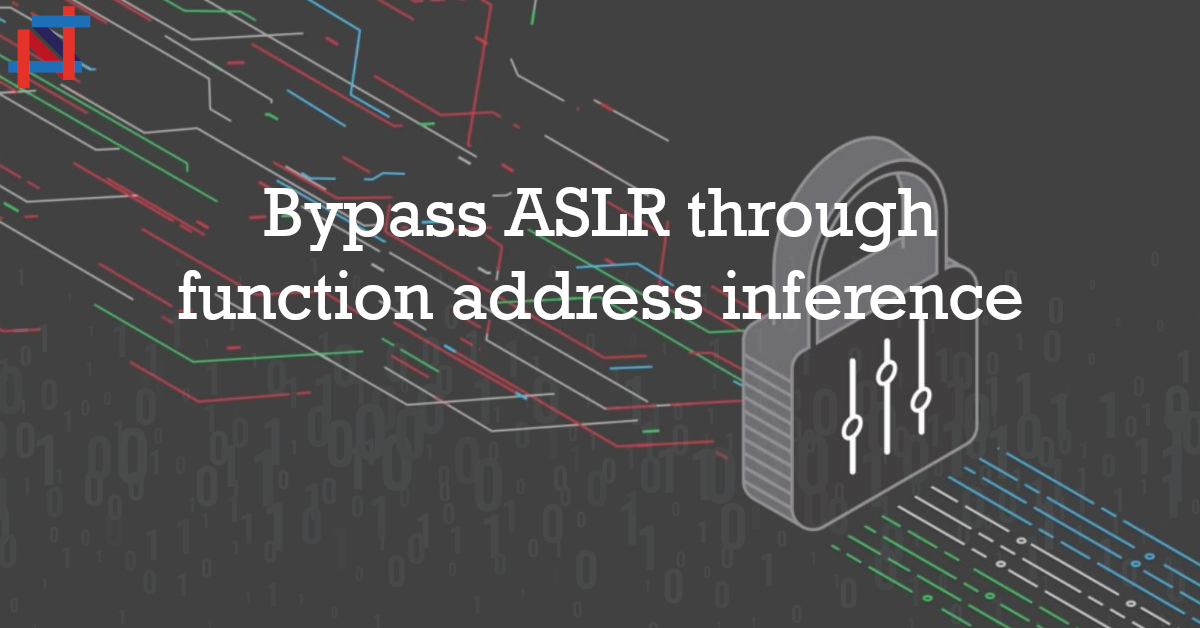-

Attackers leverage the GitHub’s mention mail notification system for phishing attacks
In the evolving landscape of cybersecurity, phishing attacks continue to present significant risks to users and organizations alike. This article delves into a sophisticated phishing campaign that manipulates GitHub’s mention mail notification system for phishing attacks, highlighting the cunning methods employed by cybercriminals. It serves as a cautionary tale, underlining the necessity for vigilance and…
-

Delving into Email Security with SPF, DKIM, and DMARC
We’re thrilled to share a significant development with our community – the release of our latest white paper, “Protecting Your Business: Delving into email security with SPF, DKIM, and DMARC“. In an era where digital threats are ever-present, safeguarding your business email has never been more crucial. Why Dive into Email Security? Email is the…
-

Hacking Around: Previse – HTB writeup
Today we publish the first post of a new series: Hacking Around. With this series, we want to share some interesting writeups about CTF machines around the most famous websites. So we present you a Previse Writeup (Hack The Box machine), let’s go!
-

RAUDI: Regularly and Automatically Updated Docker Images
Some weeks ago I saw one of my co-workers building a couple of Dockerfiles for some Network Security-related tools that do not have an official Docker Image. In my mind I thought: “this Docker Image will never be updated. I hate this”. An idea crossed my mind: how many tools do not have an official…
-

CVE-2021-25079 – Multiple Reflected XSS in Contact Form Entries plugin
After the post from last week about CVE-2021-25080 we received another CVE from a similar work on the same plugin. In this case, we found multiple XSS in Contact Entries Plugin: let’s dive into the vulnerability!
-

CVE-2021-25080 – finding Cross-Site-Scripting vulnerabilities in headers
A year ago I discovered a stored XSS in Contact Form Entries plugin. It is an interesting case of Cross-Site Scripting vulnerability in headers.
-

Invisible Backdoors in Javascript and How to detect them
Working in Cybersecurity is like living in the jungle. Every day you gotta watch out for possible threats that could endanger you. Today we talk about a new kind of vulnerability which is quite sneaky, because it is invisible. Yep, we are going to talk about Invisible Backdoors.
-

ThePhish: an automated phishing email analysis tool
As of today, phishing emails are the most widely used infection vector. This means that the number of alerts related to emails to analyze is growing faster and faster. The problem is that analyzing an email is a complex and tedious process that can make an analyst waste the majority of its time on repetitive…
-

BlueBorne kill-chain on Dockerized Android
Attacks on any device have become increasingly complex: attackers often string together multiple vulnerabilities in a chain of attacks that can cause devastating effects by requiring little user interaction. The main goals of this post are essentially two: first, we will do a general overview of the various phases of a cyber kill-chain and the…
-

Bypass ASLR through function address inference
In this post, we are going to talk about Address Space Layout Randomization (ASLR) and a way to bypass this protection measure. We have reproduced this methodology on Android through the exploitation of an old CVE; however, it is possible to apply it in other contexts as well. Let’s go and see what it is…
